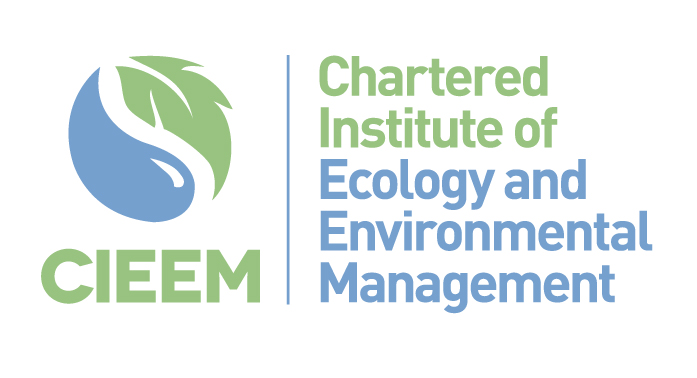16 November 2017 by Chris Cathrine | Comments: 0
Share this article:

Caledonian Conservation has been working to satisfy ecology planning conditions for RES at Freasdail Wind Farm in Kintyre since 2014, involving developing and delivering mitigation for a range of birds, mammals, reptiles and habitats, as well as providing Ecological Clerk of Works (ECoW) services. The final step in this process was the deployment of nest rafts to encourage red-throated divers – rare birds protected under Schedule 1 of the Wildlife and Countryside Act 1981 (as amended in Scotland) – to breed.
Red-throated divers spend winter at sea, and return to breeding territories (usually small lochans in open moorland) in spring. The nest consists of a small scrape, normally located at the water’s edge, or on an island. As nests are often located within easy access of predators such as foxes, otters and gulls, disturbance and predation can cause breeding failure. Nests are also vulnerable to flooding during incubation – an increasingly common problem as summers become wetter as a result of climate change.
Artificial nest rafts have been found to greatly improve the success of breeding divers. These rafts are not susceptible to flooding, as they adjust automatically with the water level, and also limit access to land-based predators.
To avoid disturbance, nest rafts were installed after the major elements of construction were complete. Locations for rafts were carefully chosen to avoid risk of collision with wind turbines while red-throated divers commute between nesting lochans and feeding habitat (the sea and larger waterbodies), and to ensure there would be no human-caused disturbance during operational maintenance activities.
Working with Simon Lawrence (Lawrence Environmental Consultants), the nest rafts were successfully installed by Caledonian Conservation in April 2017, and will hopefully improve the breeding success of red-throated divers in the area in future years.
Read more about RES at: http://www.res-group.com/en
Read more about Freasdail Wind Farm at: http://www.freasdail-windfarm.co.uk/
Photo: Diver nest raft installed near Freasdail Wind Farm © Simon Lawrence
06 March 2017 by Chris Cathrine | Comments: 0
Share this article:

Caledonian Conservation Ltd staff have a wide range of expertise, and run training courses to share skills and knowledge with other ecology professionals. Training that Chris Cathrine (Director) delivers includes running courses on behalf of the Chartered Institute of Ecology and Environmental Management (CIEEM), the leading professional body for ecologists and environmental managers in the UK and Ireland. Having run great crested newt survey and mitigation courses for CIEEM since 2015, Chris is also delivering Ecological Impact Assessment (EcIA) and wind farm bird collision risk modelling training courses for the professional body in 2017.
CIEEM runs EcIA courses for ecology professionals throughout the UK, ensuring trainers have appropriate experience of the country training is delivered in as relevant legislation and policies are devolved. While updating the EcIA Level 2 course for Scotland, Chris worked with CIEEM’s England and Wales trainer, Mike Dean, and attended one of his courses in Wales to ensure that training would be appropriate but consistent between the UK countries.
Chris delivered his first CIEEM EcIA training course in Scotland last week, at a venue in Edinburgh, drawing on over 10 years' experience as an ecological consultant and his previous roles with Local Authority and as planning casework officer for a conservation charity. Participants came from a range of backgrounds including consultants, charities / NGOs and government agencies / local authorities, really adding depth to group activities and encouraging interesting questions. After all, EcIA principles can be applied to reports supporting planning applications, ecology chapters in Environmental Statements for Environmental Impact Assessment (EIA), Strategic Environmental Assessments (SEAs), Habitats Regulations Appraisals (HRAs), conservation management plans for sites – any project that could impact ecology. The course was a success, based on informal and formal feedback, and Chris is looking forward to running more EcIA training on behalf of CIEEM in the future.
Chris will be running the following courses on behalf of CIEEM this spring:
To find out more about Chris’s other courses delivered as part of CIEEM’s training programme and to book on to these or other events, visit: cieem.activclient.com/CIEEM/Events/Event-Listing.aspx
To find out more about CIEEM, visit: www.cieem.net
12 December 2016 by Chris Cathrine | Comments: 0
Share this article:

At Caledonian Conservation we aim to benefit people and wildlife. To achieve this, we feel it is essential to share our experiences with other professional and academic ecologists to help improve best practice (within legal and commercial restrictions). This includes presenting articles in the Chartered Institute of Ecology and Environmental Management (CIEEM) In Practice publication, which is distributed to the organisation’s membership. Director Chris Cathrine has been an author of four articles in this publication, and we are pleased that we are now able to offer these publicly on the Caledonian Conservation Ltd website. These articles include:
Cathrine, C. 2015. Wood Ant Nest Translocations. In Practice 89, 14-18.
Cathrine, C. and Amphlett, A. 2011. Deadwood: Importance and Management. In Practice 73, 11-15.
To explore other publications, research posters and conference papers, go to the Caledonian Conservation publications page.
To learn more about the Chartered Institute of Ecology and Environmental Management, visit their website.